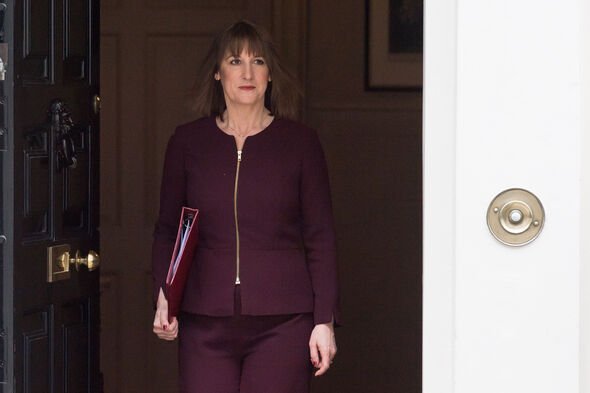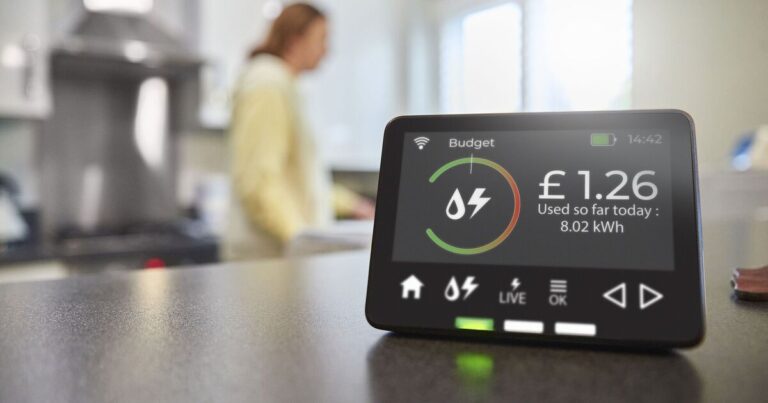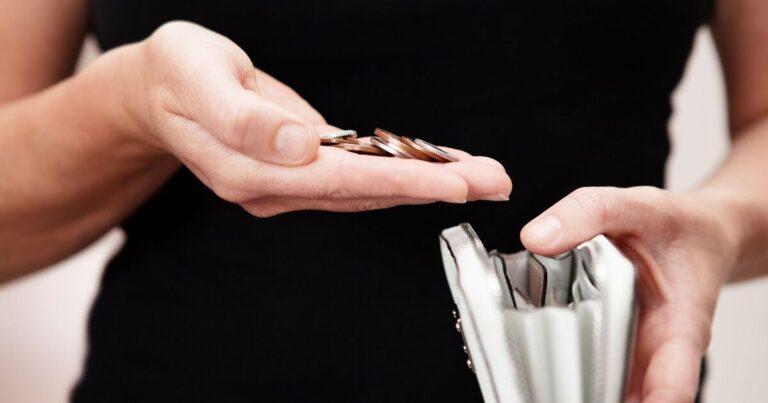
Reeves and Sir Keir Starmer have repeatedly pledged not to raise taxes on “working people”, ruling out increases in income tax, national insurance and VAT. Instead, they’re going after people’s capital.
Capital gains tax (CGT) is charged at a lower rate than taxes on income, and left-wing think tanks such as the Resolution Foundation have been urging Labour to put this right.
With increases to some other taxes having been ruled out, CGT is the obvious target, said Charlene Young at investment platform AJ Bell.
Reeves could go all in. “The most radical option is equalising CGT rates with income tax. This would represent a huge tax increase for investors.”
The Institute for Fiscal Studies has called for Ms Reeves to go even further, and scrap the CGT exemption on death. This would see taxpayers hit by CGT and inheritance tax (IHT) on the same sums, in what has been dubbed a “double death tax”.
The Treasury generated £15.4billion from CGT in the last tax year – double the amount it raised from inheritance tax, which attracts a lot more controversy.
But CGT may become equally hated from October 30 if Labour strikes.
This could be the biggest single Budget tax grab of all. So what can you do to escape?
CGT is charged on profits when selling properties such as a second home or a buy-to-let, or other assets including antiques, jewellery and Bitcoin, or shares held outside of a tax-free ISA.
Sole traders and partners selling their business also pay CGT but the bill is reduced if they qualify for the lower Business Asset Disposal Relief rate of 10%, available up to a lifetime limit of £1million.
Currently, basic rate taxpayers pay CGT at 10%, which rises to 18% on second-property sales. Higher earners pay CGT at 20% or the maximum rate of 24% on properties.
If Ms Reeves brings CGT bands into line with income tax, basic rate taxpayers will pay 20% on all disposals while higher rate taxpayers would pay 40% and additional rate taxpayers 45%.
Estate agent Hamptons calculates that today a buy-to-let landlord selling the average property after 20 years would pay £54,000 in CGT.
That could rocket to £90,000 after the Budget.
However, the tax raid could backfire.
HMRC‘s own calculations, published in June, showed that increasing CGT bands by 10% would cost the Exchequer more than £2billion in lost tax revenues by 2027/28.
Ms Young said: “CGT may not be the cash cow that many think it is as investors change their behaviour to mitigate paying the tax.”
She suggested that the Chancellor might simply reverse the recent decision by her predecessor Jeremy Hunt to cut CGT for higher-rate taxpayers from 28% to 24%: “This would be relatively simple to implement.”
That’s probably the best we can hope for.
Other options including scrapping the tax-exempt amount, which allows people to take £3,000 of gains each year before paying CGT.
Adding to the uncertainty, we don’t know whether Reeves will introduce changes immediately or wait until the start of the new tax year on April 6, 2025. Many aren’t waiting to find out.
If you were already planning to sell assets, then don’t hang around, said Duncan Mitchell-Innes, partner at South-East lawyers TWM Solicitors.
Beware panic sales, though. If you accept a lower price you could lose more than you save in tax.
Selling a property before the Budget on October 30 is well-nigh impossible. Owners must cross their fingers and hope that Reeves delays CGT changes until next April.
Sarah Coles, head of personal finance at Hargreaves Lansdown, said people should use their £3,000 annual exempt amount.
You could take a small, regular gain over a number of years, making full use of each year’s £3,000 exempt amount, assuming it survives.
Ms Coles added: “You can sell investments today and reinvest the money, effectively resetting your gains to zero.”
If you expect to have less income at some point – such as after retiring – delay taking bigger gains until you have fallen into a lower tax band. Then you’ll pay CGT at a lower rate.
Investors with shares or investment funds sitting outside of the tax-free ISA wrapper could sell and immediately reinvest the money inside a Stocks and Shares ISA, a process known as Bed & ISA.
Savers have been rushing to take advantage, with fund platform Interactive Investor reporting a 44% jump in Bed & ISA transactions since July last year.
You have to pay any CGT that is due on the shares you sell. But, once inside an ISA, all future gains will be entirely tax free.
You will have to pay trading fees and stamp duty of 0.5% on your new share purchase.
If you have a workplace Share Incentive Plan or Save As You Earn (SAYE) scheme, there is no CGT if you take the money at maturity and transfer the shares into an ISA within 90 days.
Ms Coles reminded people to offset any losses made against gains, saying: “If you make more losses than gains, you can carry them forward into next year to offset against any gains then.”
Married couples and civil partners can transfer assets between each other without a CGT bill. So it may be worth shifting assets into the name of the lower taxpayer to reduce the CGT bill when they sell.
Myron Jobson, senior personal finance analyst at Interactive Investor, said keep a cool head as Budget speculation builds. “If unsure, seek financial advice.”



















